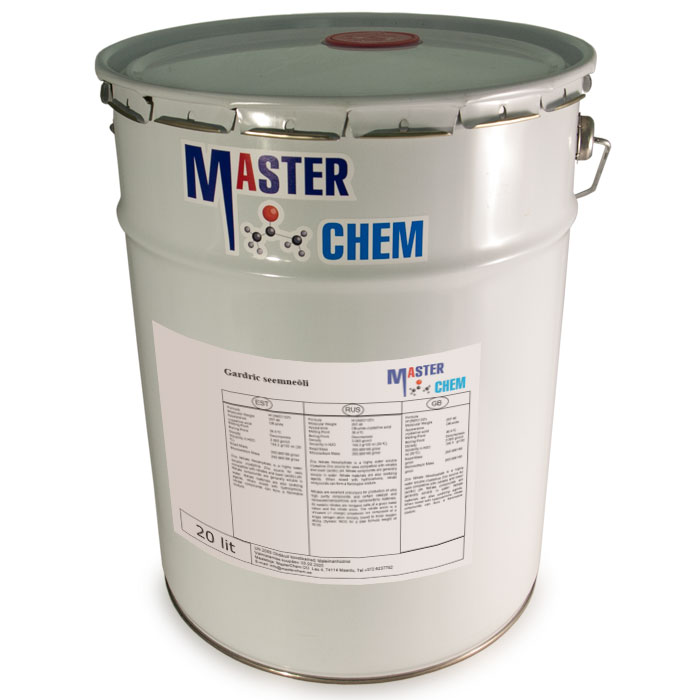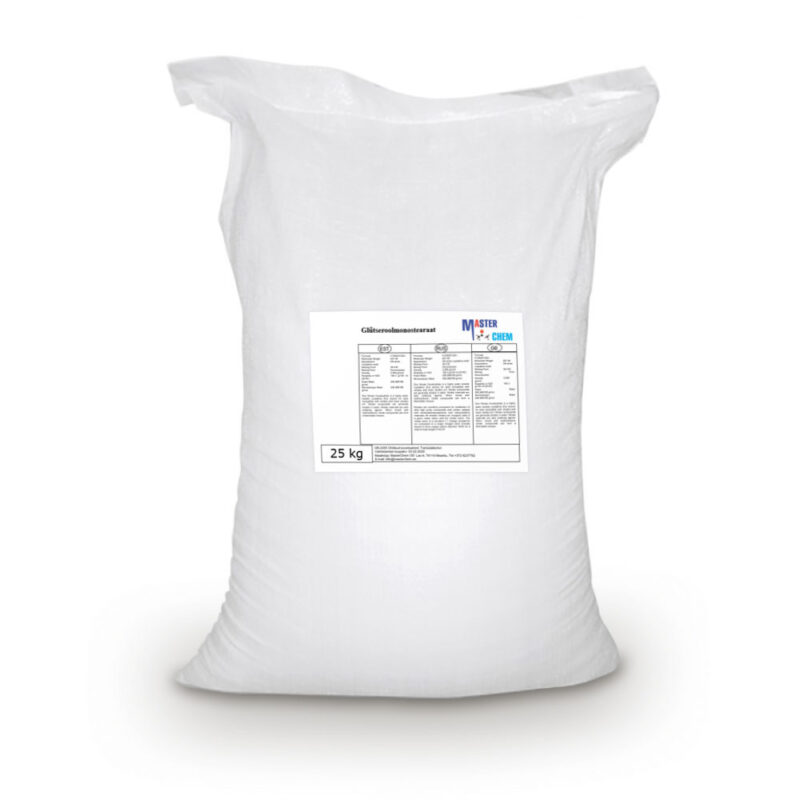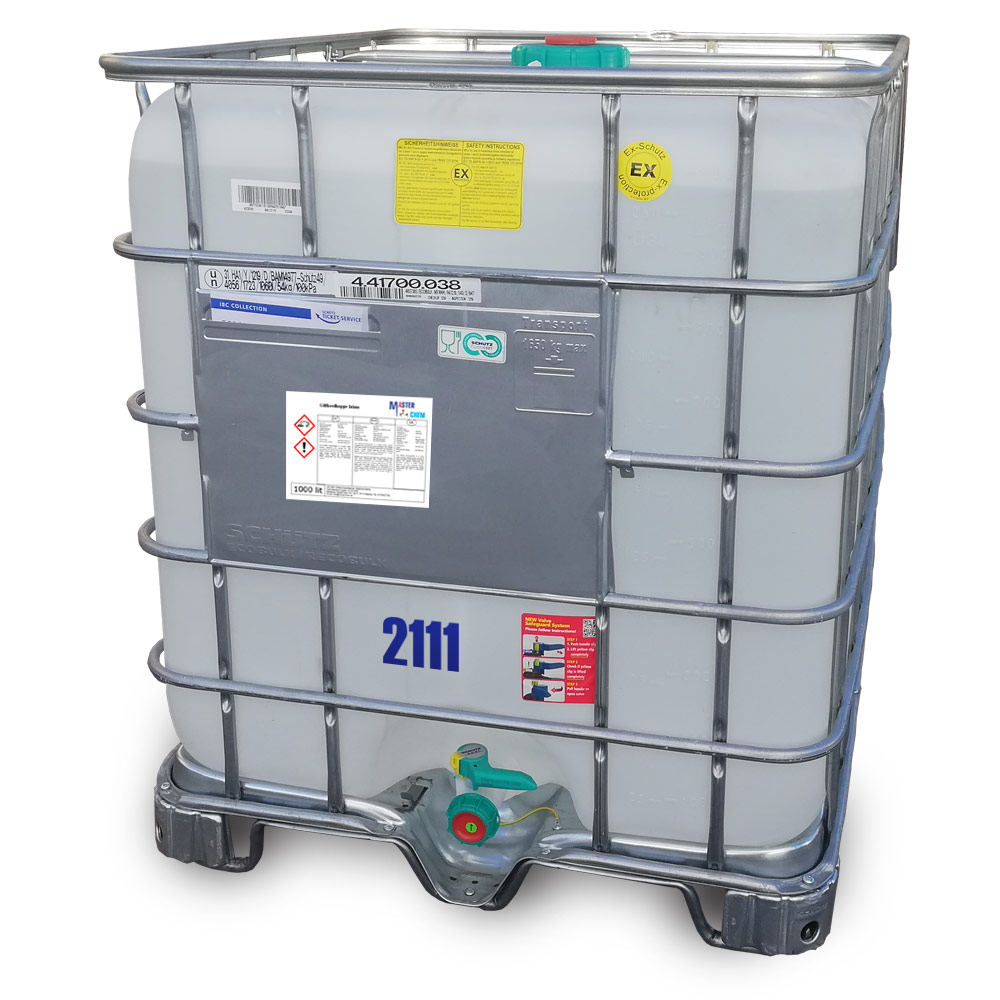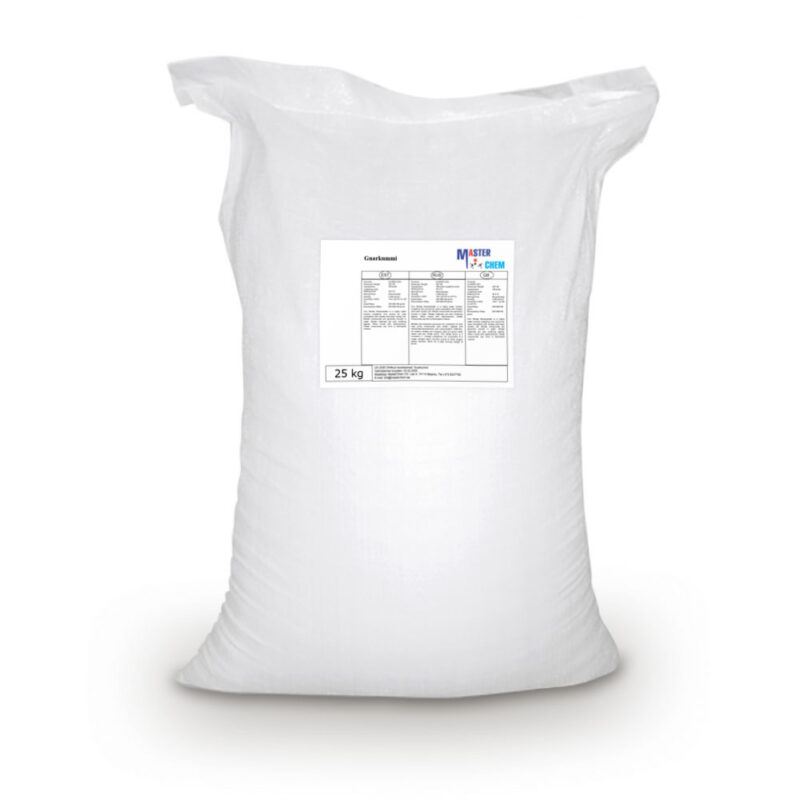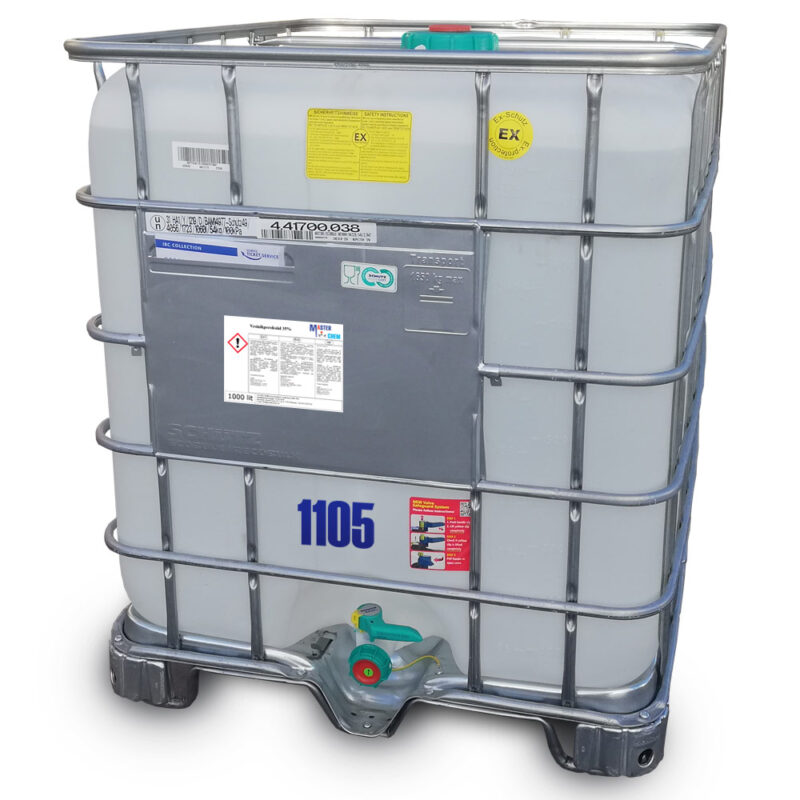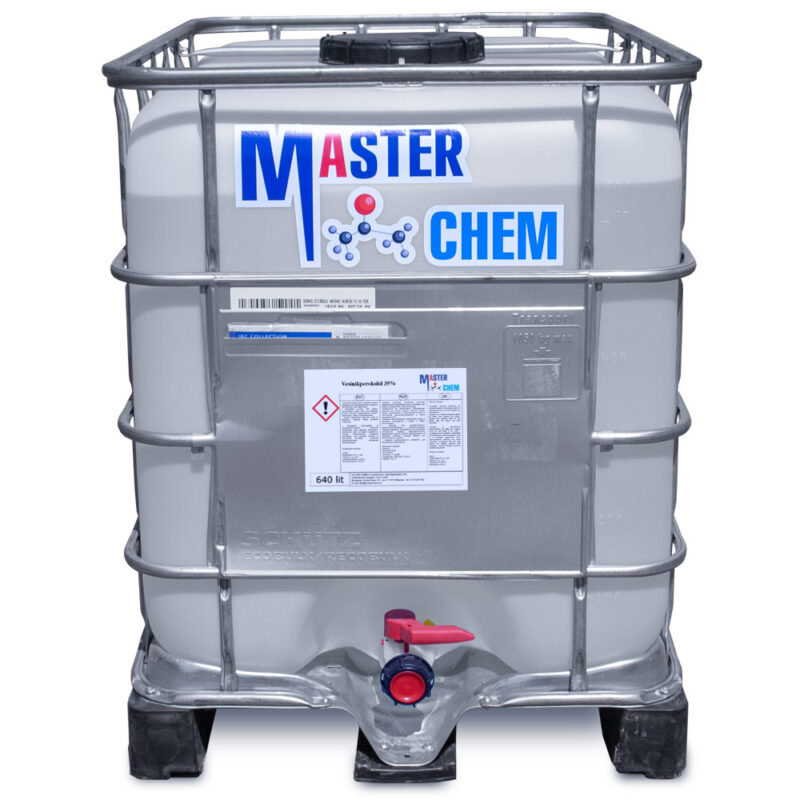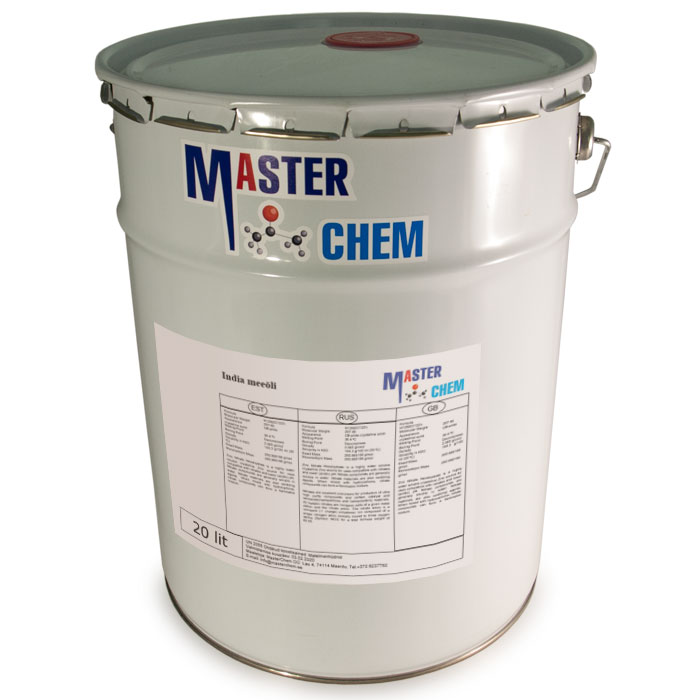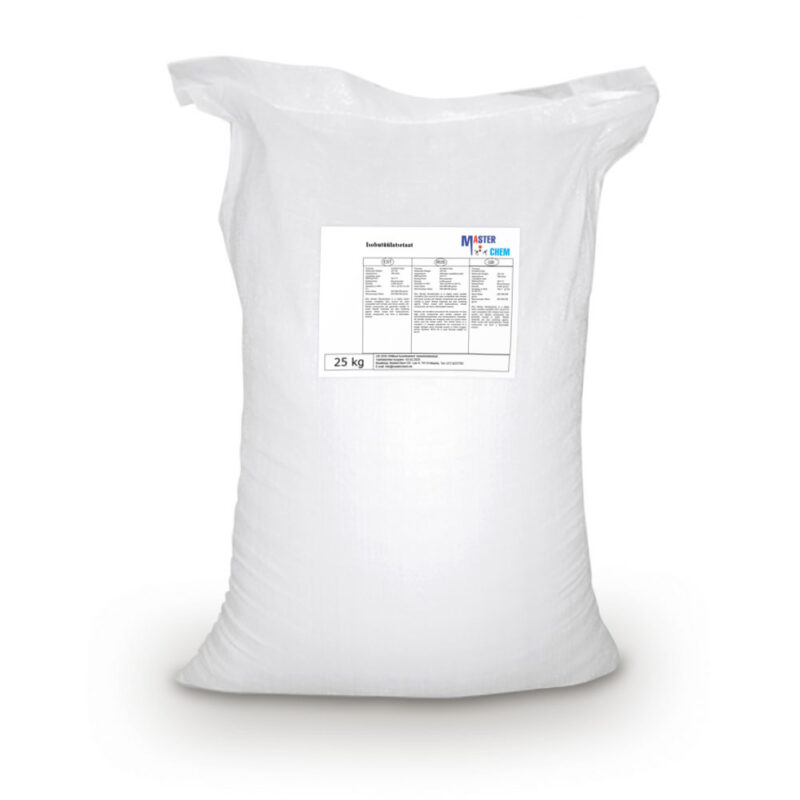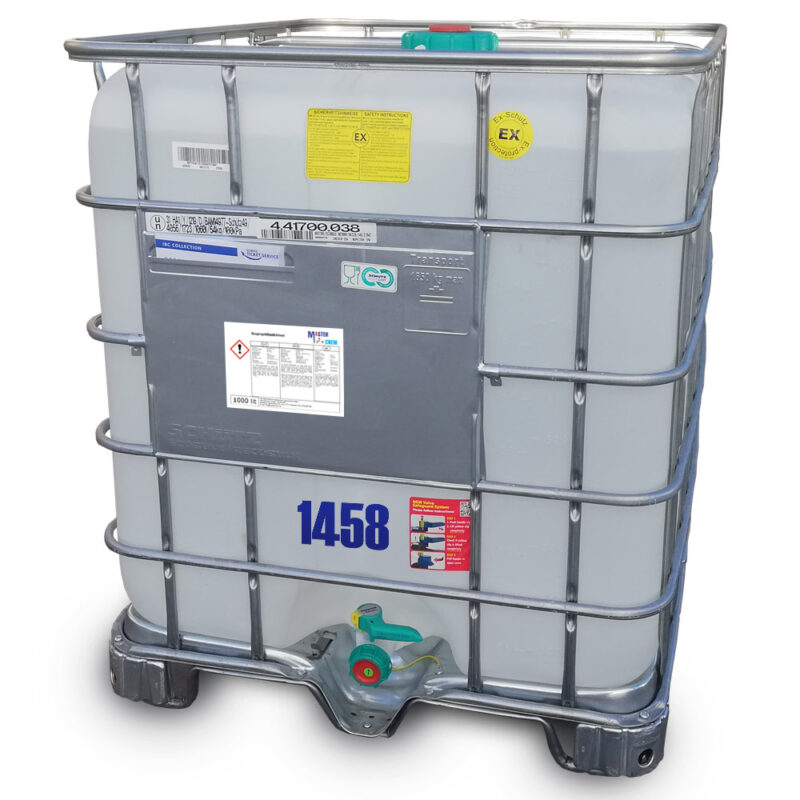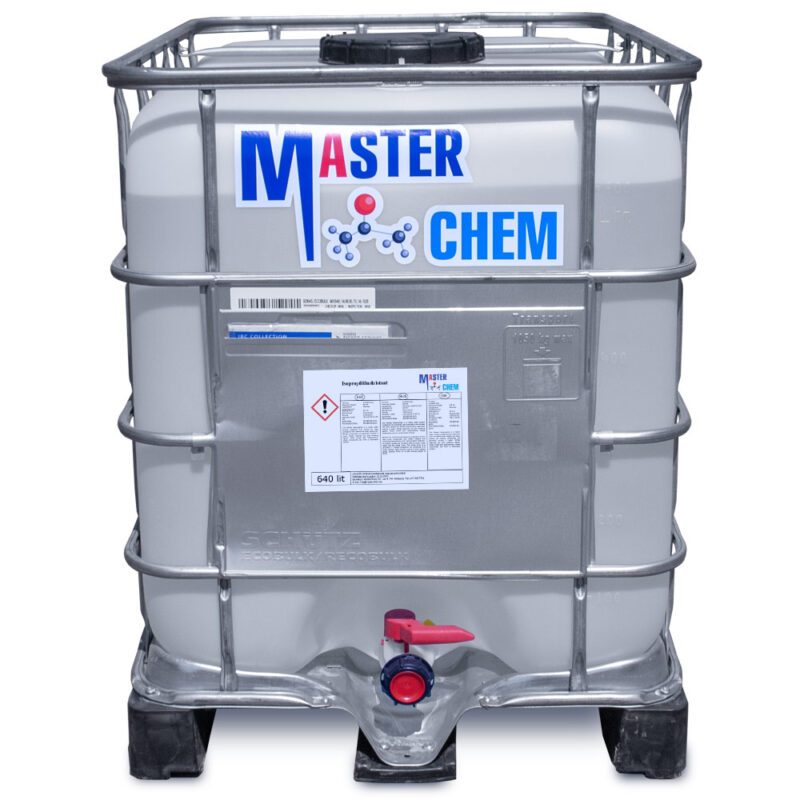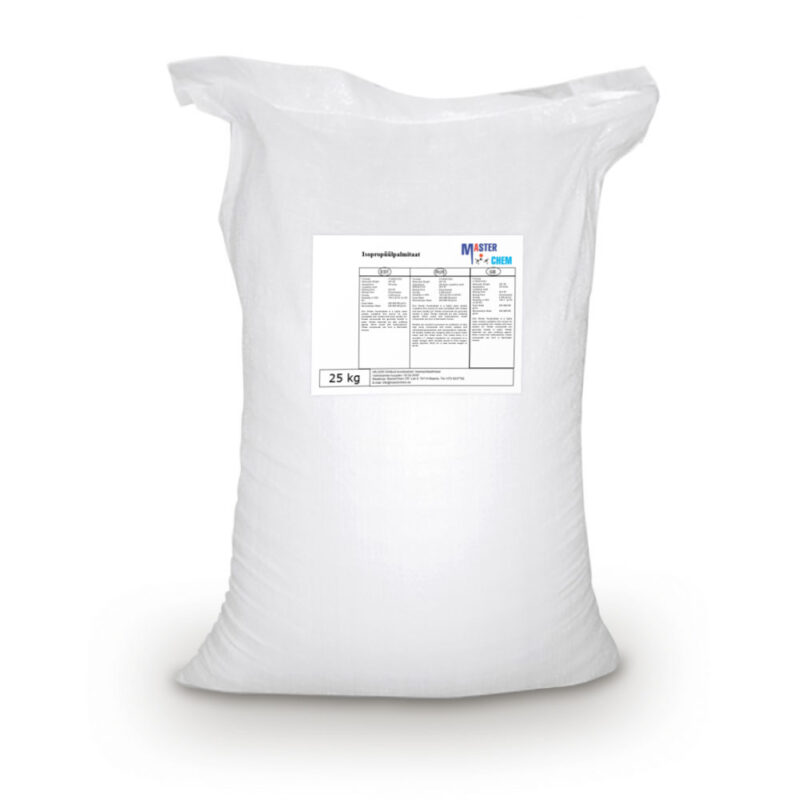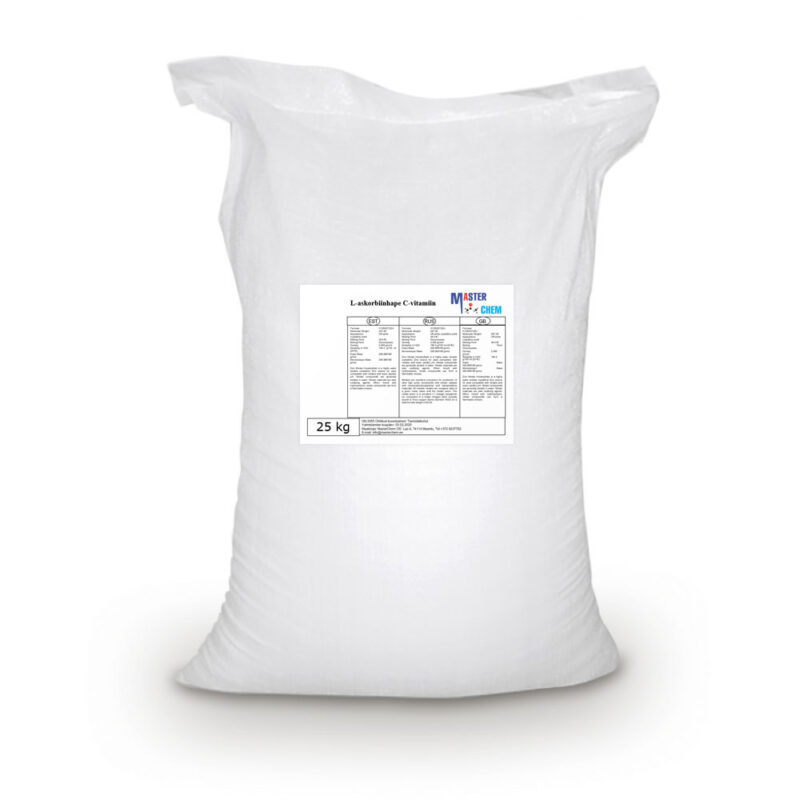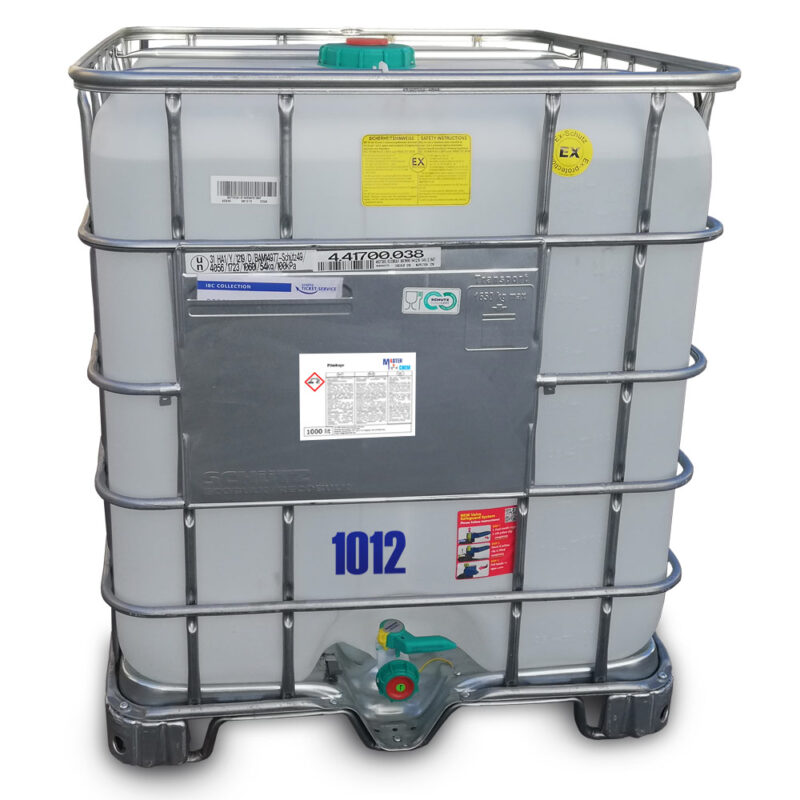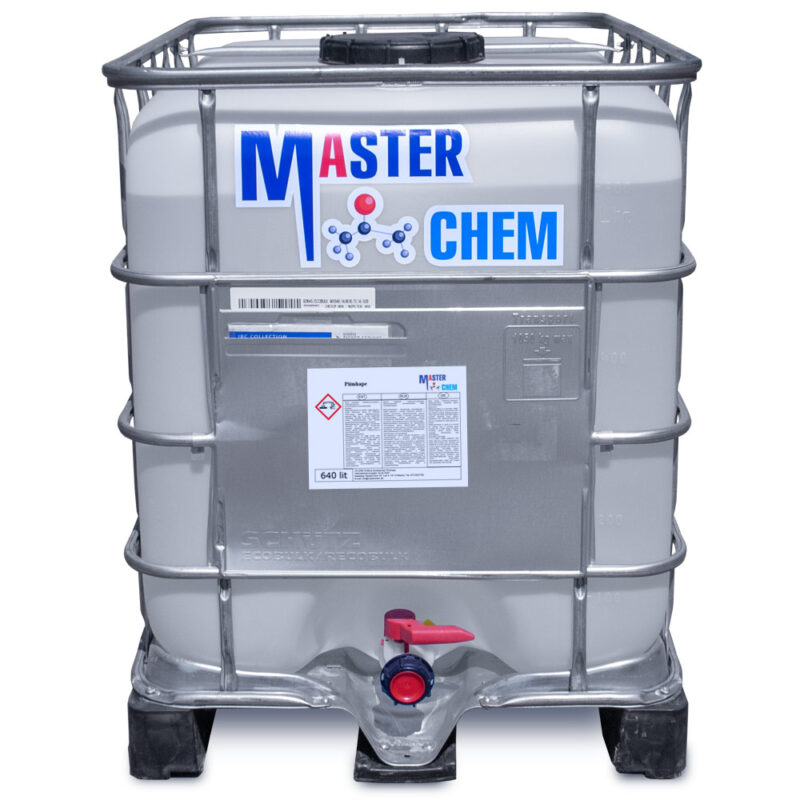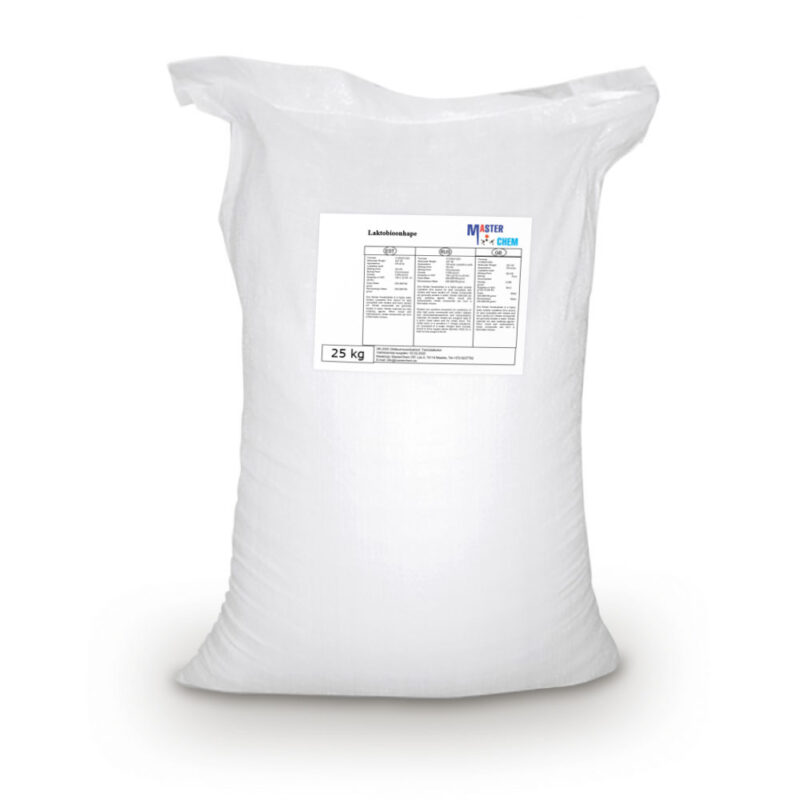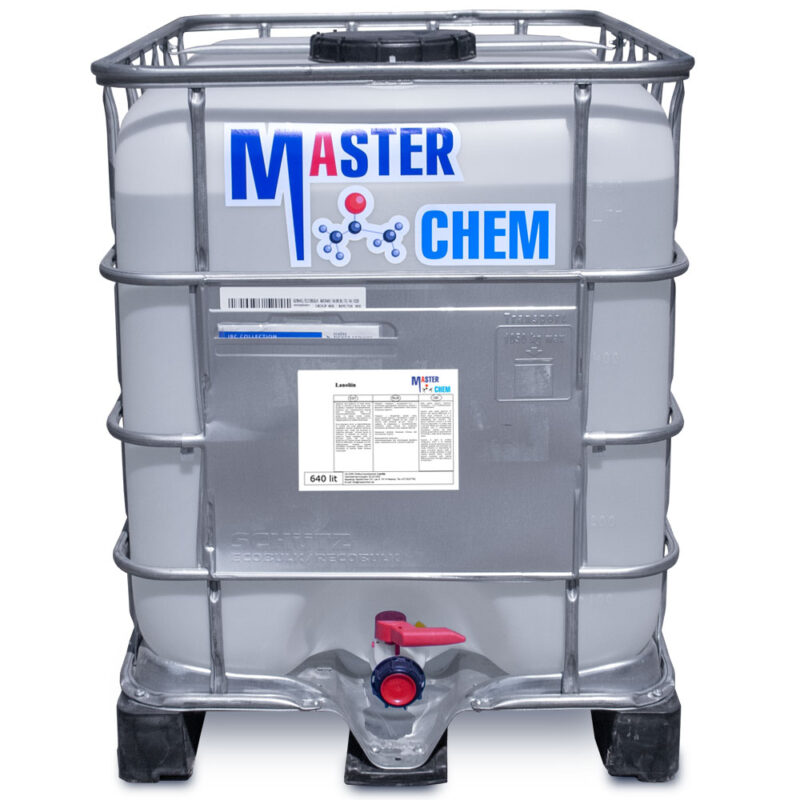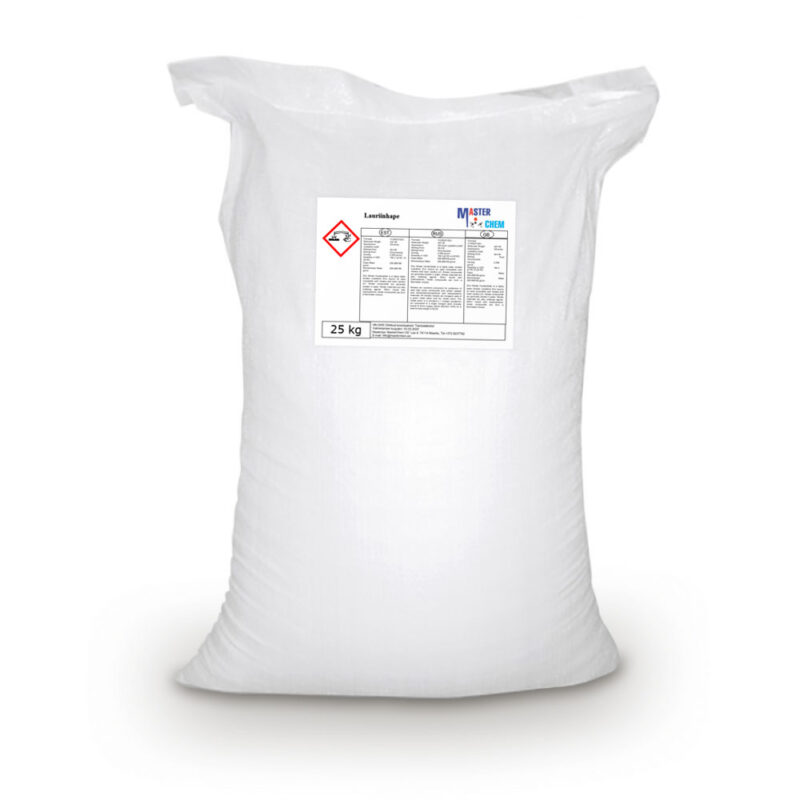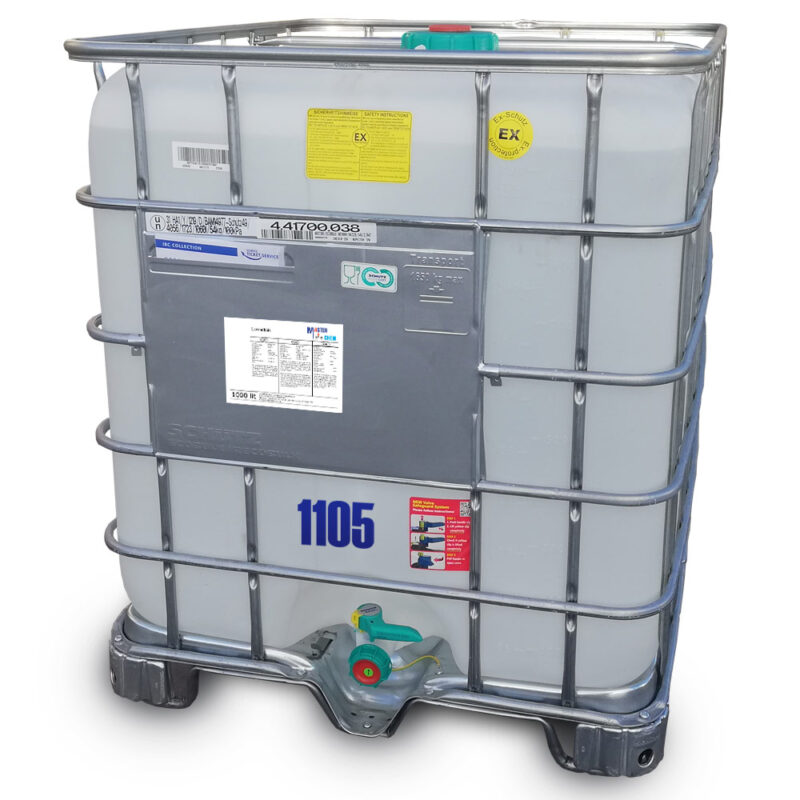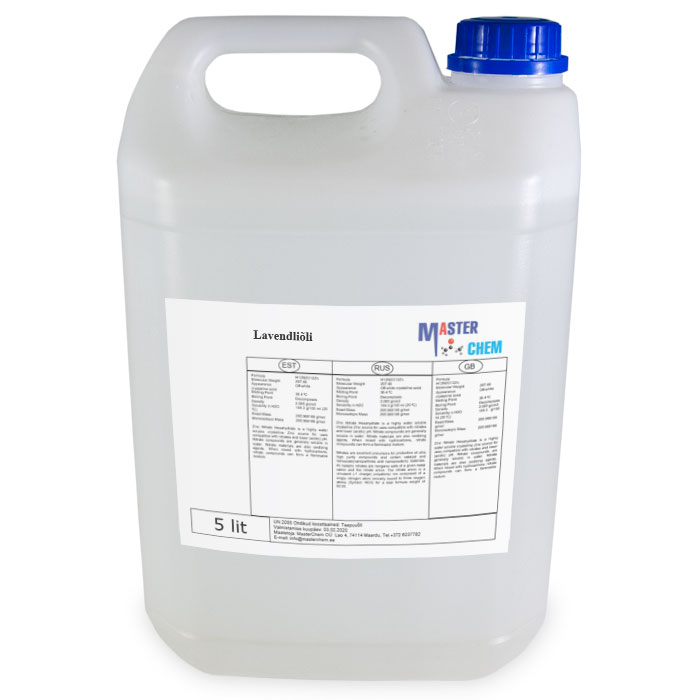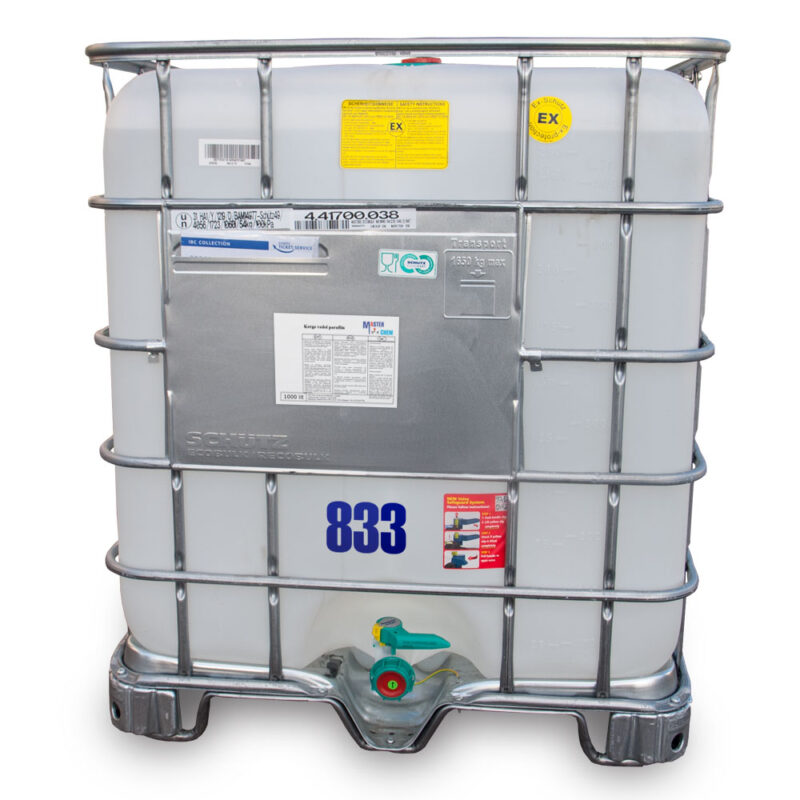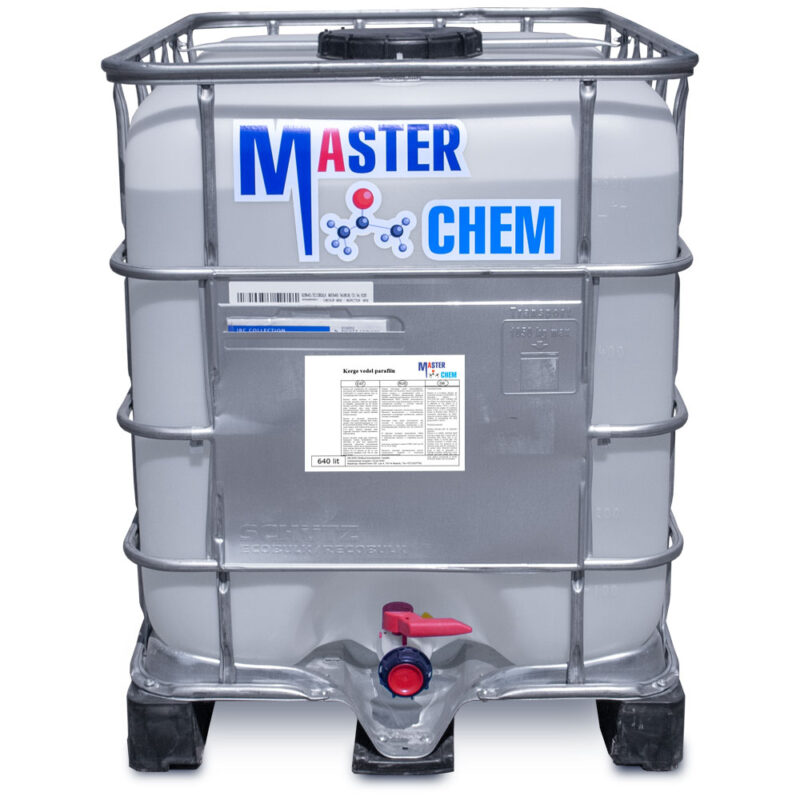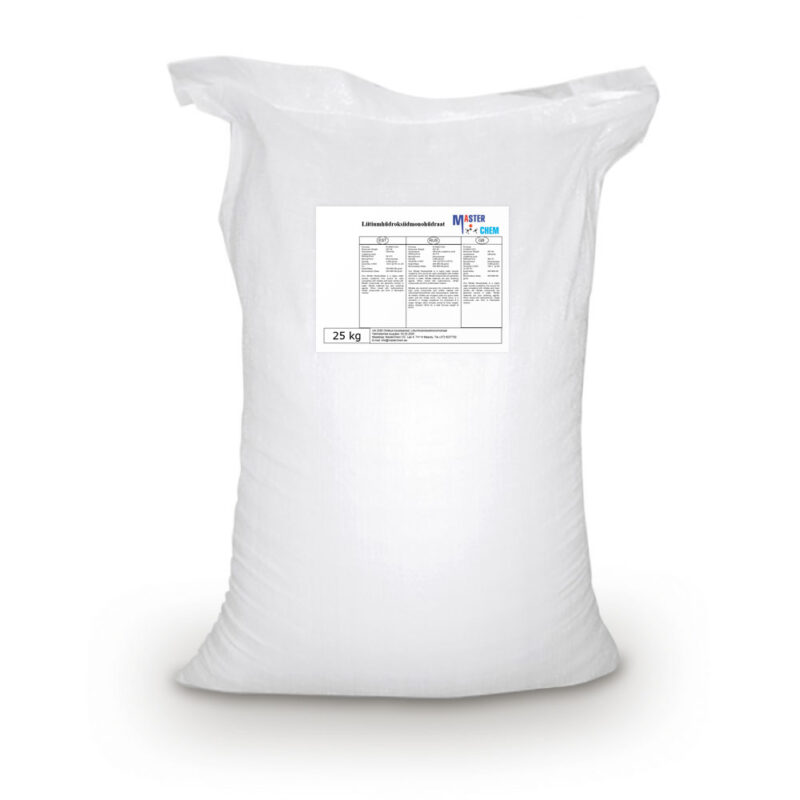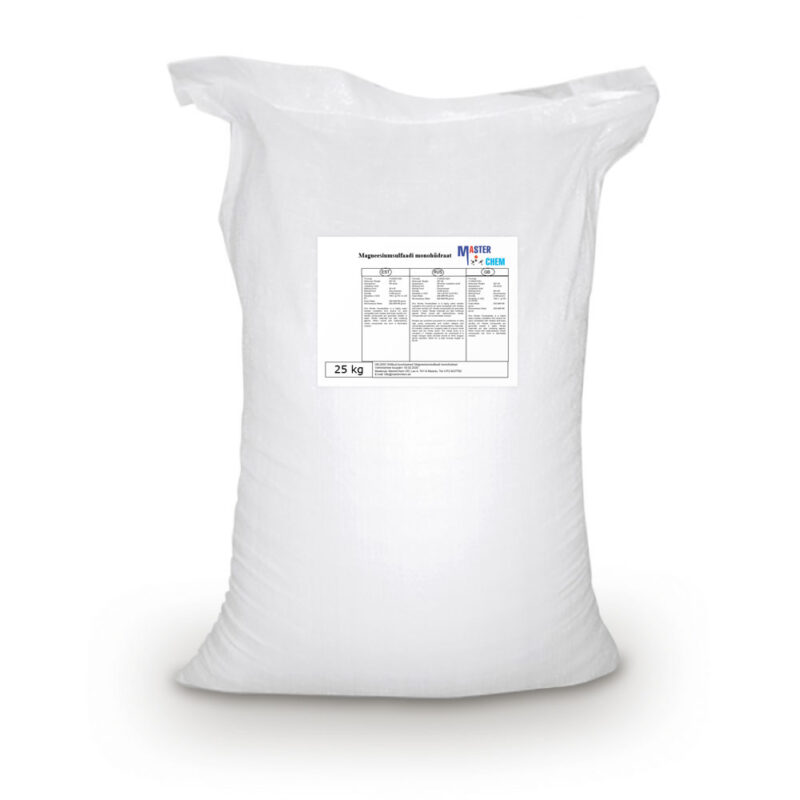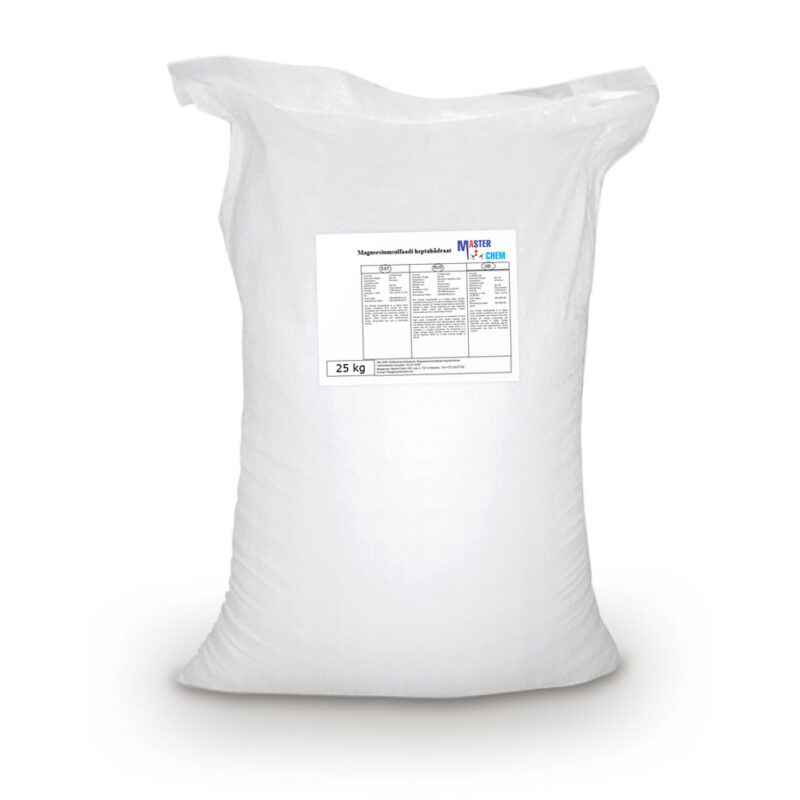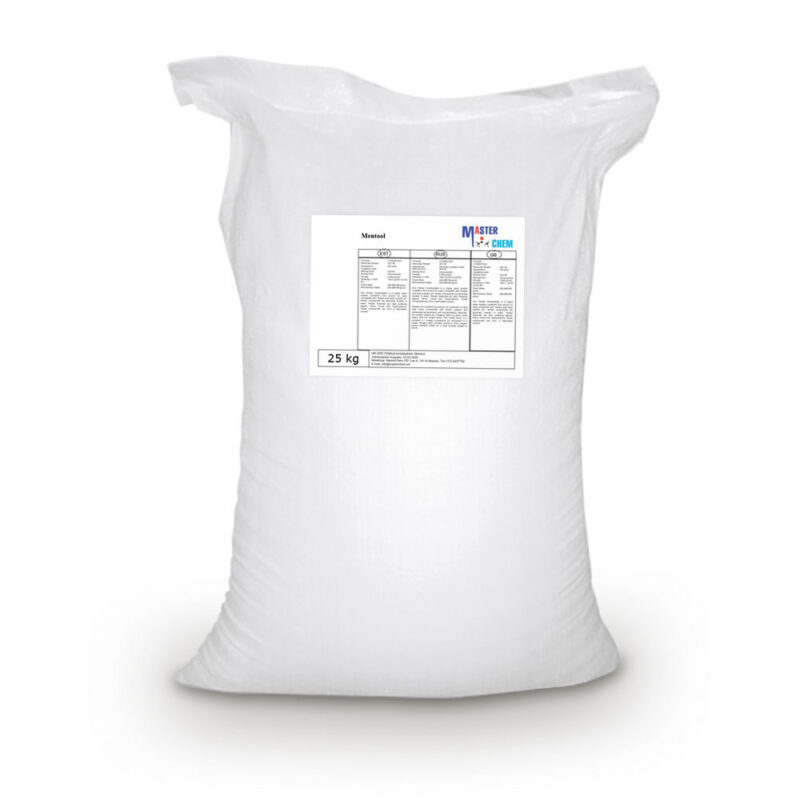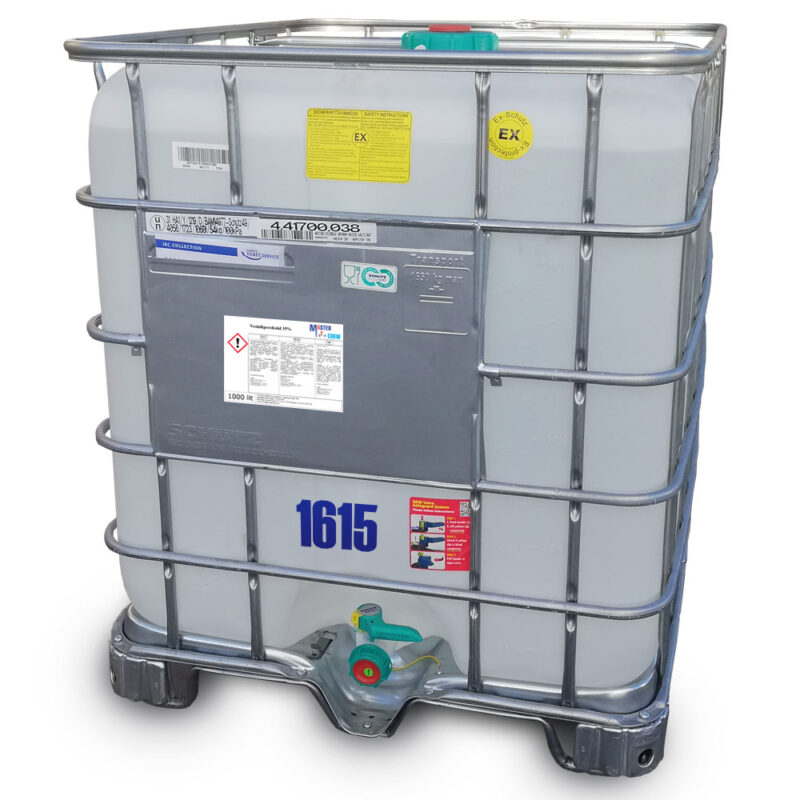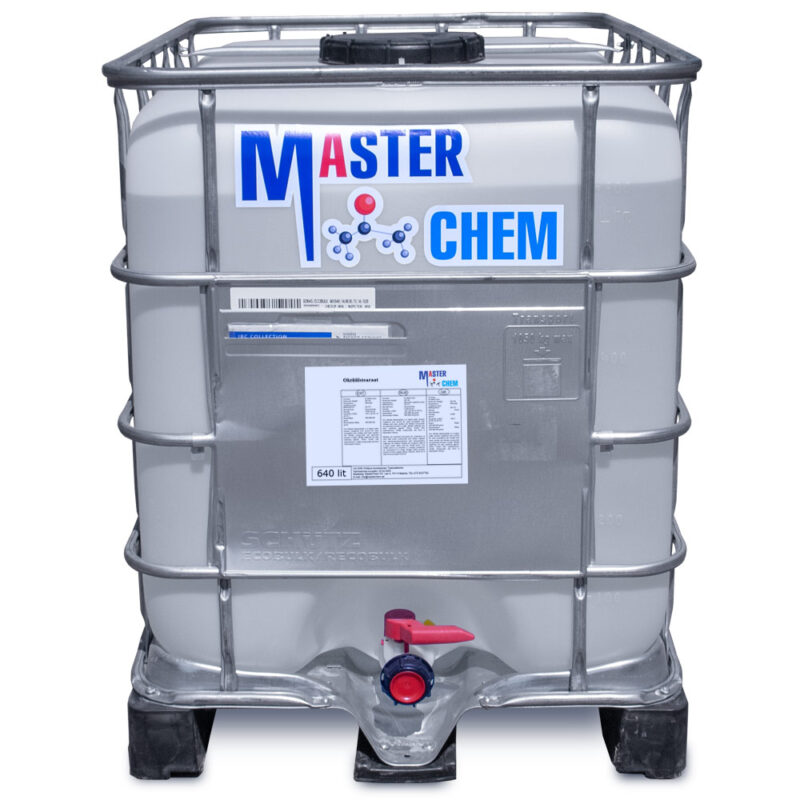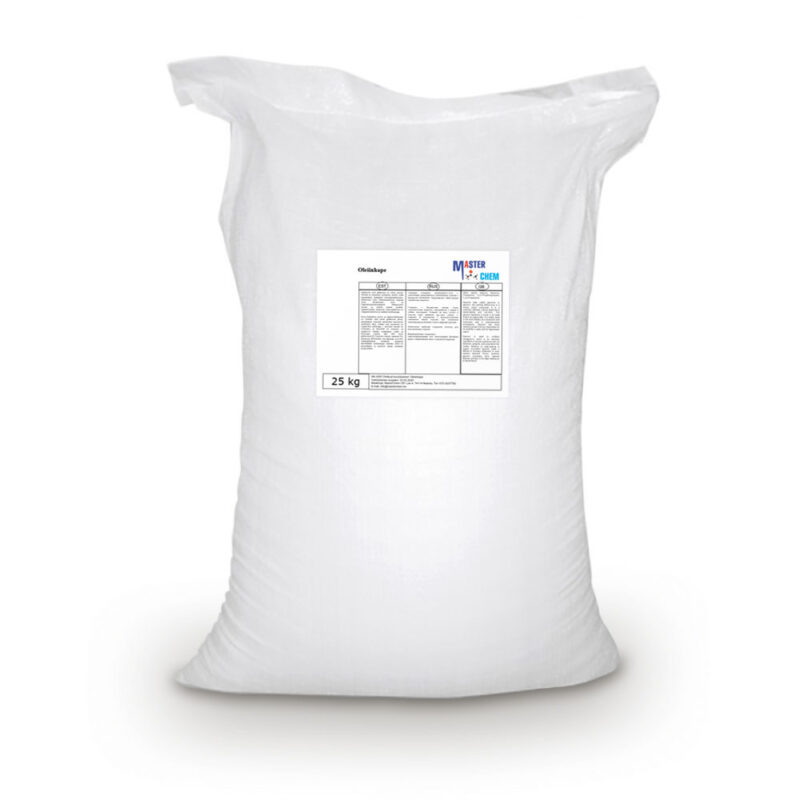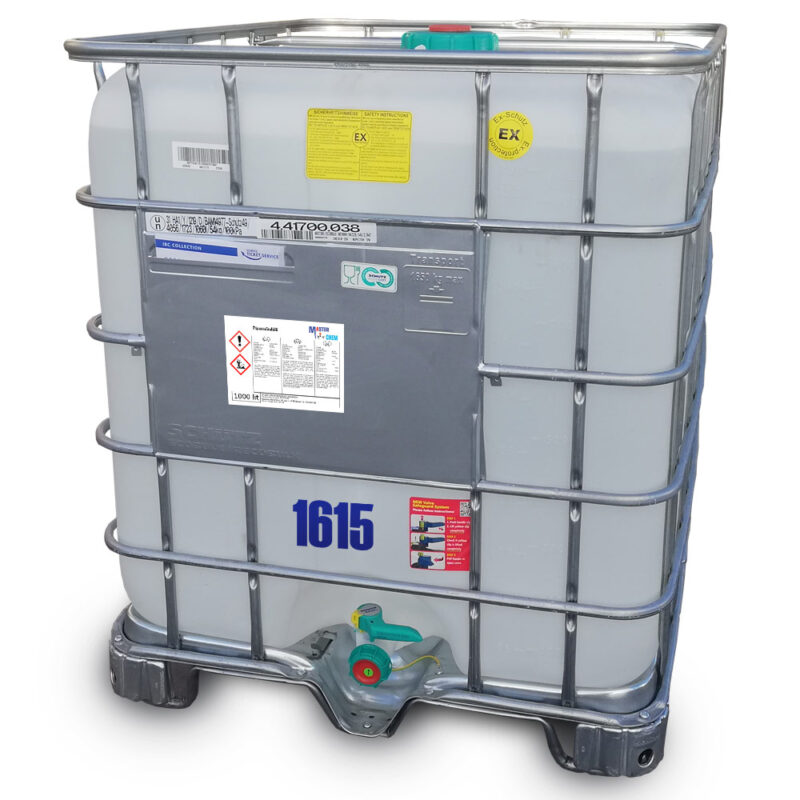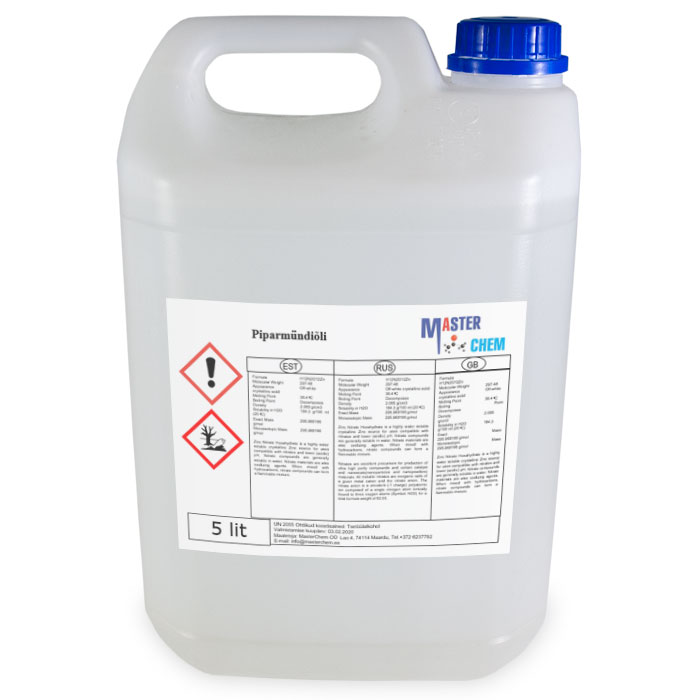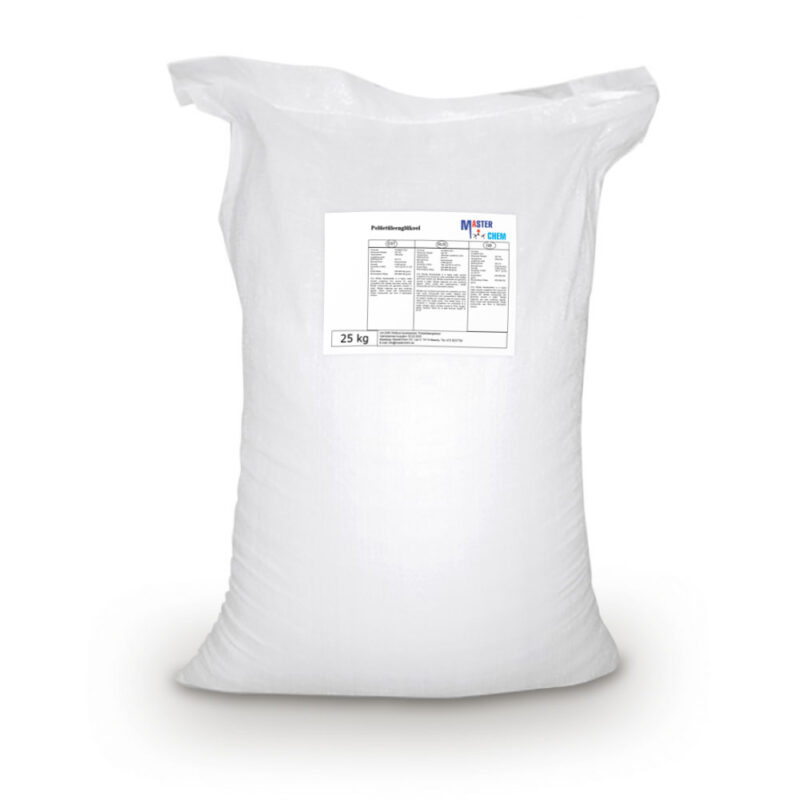Gardrium seed oil
Gidric seed oil
Features
Garlic essential oil is a product of steam distillation of fresh garlic cloves. The finished liquid is colorless, may be slightly yellowish, with a burning taste.
Affordable Features
Garlic essential oil has many health benefits. The most important ones are:
Bacterial.
Antivirus.
Hypotonic.
Anticholesterol.
cough medicine.
Hypothermic.
Anthelmintic.
Immunomodulatory.
The corresponding product has a favorable effect on the condition of the urinary organs. Helps eliminate cystitis, inflammatory and infectious processes in the structures of the urinary and genital organs.
Application
The extent of garlic essential oil directly depends on its basic properties. It is used in the food industry to give ready meals a characteristic aroma and taste.
The product is not used in perfume because of the sharp and unpleasant aroma.
In cosmetology, garlic essential oil is sometimes used to treat oily skin. It is able to regulate the body’s fat content, affects the functioning of the sebaceous glands. Copes effectively with acne and inflammatory skin diseases.
Glycerol monostearate (CAS 123-94-4)
Glycerol monostearate (CAS 123-94-4)
Glycerol monostearate, commonly known as GMS, is a monoglyceride commonly used as an emulsifier in foods. It takes the form of a white, odorless, and sweet-tasting flaky powder that is hygroscopic. Chemically it is the glycerol ester of stearic acid.
GMS is a food additive used as a thickening, emulsifying, anticaking, and preservative agent; an emulsifying agent for oils, waxes, and solvents; a protective coating for hygroscopic powders; a solidifier and control release agent in pharmaceuticals; and a resin lubricant. It is also used in cosmetics and hair-care products.
GMS is largely used in baking preparations to add “body” to the food. It is somewhat responsible for giving ice cream and whipped cream their smooth texture. It is sometimes used as an antistaling agent in bread.
It can also be used as an additive in plastic, where GMS works as an antistatic and antifogging agent. This is common in food packaging.
Glycolic Acid Solution (CAS 79-14-1)
Glycolic Acid Solution (CAS 79-14-1)
Glycolic acid is a chemical compound that is used in the treatment of certain skin conditions, such as acne. It is also used as an active ingredient in some facial peels. Glycolic acid has been shown to have beneficial effects on autoimmune diseases by inhibiting the production of glycoproteins and enzymes that are involved in inflammation. Glycolic acid has been studied extensively as a potential treatment for geriatric patients with depression-related dementia or Alzheimer’s disease. This drug can be applied topically to the skin, or taken orally as a medication. The mechanism of action is not well understood, but it may involve inhibition of dapagliflozin, which enhances the activity of glycogen synthase kinase 3β (GSK3β) and prevents phosphorylation and activation of glycogen synthase (GS). Glycolic acid has been shown to inhibit mitochondrial membrane potential and increase cellular physiology by increasing ATP synthesis. It can also be applied topically to
Guar gum (CAS 9000-30-0)
Guar gum (CAS 9000-30-0)
Guar gum, also called guaran, is a galactomannan polysaccharide extracted from guar beans that has thickening and stabilizing properties useful in food, feed, and industrial applications. The guar seeds are mechanically dehusked, hydrated, milled and screened according to application. It is typically produced as a free-flowing, off-white powder.
The guar bean is principally grown in India, Pakistan, U.S., Australia and Africa. India produces about 2.5 – 3 million tons of guar annually, making it the largest producer, with about 65% of world production. In India, Rajasthan, Gujarat and Haryana are the main producing regions, and Jodhpur, Sri Ganganagar and Hanumangarh in Rajasthan and Pakistan with Second largest producer with 25% of Guar gum Produce In Pakistan is major Guar trading market. The US has produced 4,600 to 14,000 tonnes of guar over the last 5 years. Texas acreage since 1999 has fluctuated from about 7,000 to 50,000 acres. The world production for guar gum and its derivatives is about 1.0 Million tonnes. Non-food guar gum accounts for about 40% of the total demand.
Hydrogen peroxide 50% (CAS 7722-84-1)
CAS № 7722-84-1
Hydrogen peroxide 50%
– colorless liquid with a metallic taste, easily soluble in water, alcohol and ether
Application
-Hydrogen peroxide becomes an excellent agent for disinfecting water in swimming pools, to combat algae and water bloom
-applied as an effective bleaching agent for cotton, wool, textiles, furs, paper, artificial and synthetic fibers in the textile, pulp and paper and light industries
-Capable of spontaneous decomposition into water and oxygen, mixes up with water in any ratio. – properties as an antiseptic, hemostatic and disinfectant make it possible to use it in cosmetics, electronics, food, pharmaceutical, medical and other industries. In medicine, they are used mainly for healing wounds and scratches. – the food industry is used to disinfect equipment.
Indian honey oil
Indian honey oil
Natural, unrefined, cosmetic, organic cold-pressed neem seed oil. It contains significant amounts of essential fatty acids and vitamins C and E.
Due to its antibacterial and soothing properties, it is often used to treat eczema, psoriasis, dandruff and inflammation.
Regulates the activity of sebaceous glands, reduces sebum secretion, relieves acne.
Isobutyl acetate (CAS 110-19-0)
Isobutyl acetate (CAS 110-19-0)
The chemical compound isobutyl acetate, also known as 2-methylpropyl ethanoate (IUPAC name) or β-methylpropyl acetate, is a common solvent. It is produced from the esterification of isobutanol with acetic acid. It is used as a solvent for lacquer and nitrocellulose. Like many esters it has a fruity or floral smell at low concentrations and occurs naturally in raspberries, pears and other plants. At higher concentrations the odor can be unpleasant and may cause symptoms of central nervous system depression such as nausea, dizziness and headache.
Isopropyl myristate (CAS 110-27-0)
Isopropyl myristate (CAS 110-27-0)
Isopropyl myristate (IPM) is the ester of isopropyl alcohol and myristic acid.
Isopropyl myristate is a moisturizer with polar characteristics used in cosmetics and topical medical preparations to ameliorate the skin absorption. Isopropyl myristate has been largely studied and impulsed as a skin penetration enhancer. At the moment the primary usage for which isopropyl myristate is formally indicated is as the active ingredient in a non-prescription pediculicide rinse.
Isopropyl palmitate (CAS 142-91-6)
Isopropyl palmitate (CAS 142-91-6)
Isopropyl palmitate is a fatty acid ester obtained by the formal condensation of carboxy group of palmitic acid with propan-2-ol. Metabolite observed in cancer metabolism. It has a role as a human metabolite. It is a fatty acid ester and an isopropyl ester. It derives from a hexadecanoic acid. The chemical formula is CH3(CH2)14COOCH(CH3)2.
L-Ascorbic Acid (CAS 50-81-7)
L-Ascorbic Acid (CAS 50-81-7)
Vitamin C (also known as ascorbic acid and ascorbate) is a vitamin found in various foods and sold as a dietary supplement. It is used to prevent and treat scurvy. Vitamin C is an essential nutrient involved in the repair of tissue, the formation of collagen, and the enzymatic production of certain neurotransmitters. It is required for the functioning of several enzymes and is important for immune system function. It also functions as an antioxidant. Most animals are able to synthesize their own vitamin C, although apes (including humans) and monkeys (but not all primates), most bats, some rodents, and certain other animals must acquire it from dietary sources.
Lactic acid 50% (CAS 598-82-3)
Lactic acid 50% (CAS 598-82-3)
Lactic acid is an organic acid. It has a molecular formula CH3CH(OH)COOH. It is white in the solid state and it is miscible with water. When in the dissolved state, it forms a colorless solution. Production includes both artificial synthesis as well as natural sources. Lactic acid is an alpha-hydroxy acid (AHA) due to the presence of a hydroxyl group adjacent to the carboxyl group. It is used as a synthetic intermediate in many organic synthesis industries and in various biochemical industries. The conjugate base of lactic acid is called lactate.
In solution, it can ionize by loss of a proton to produce the lactate ion CH3CH(OH)CO−2. Compared to acetic acid, its pKa is 1 unit less, meaning lactic acid is ten times more acidic than acetic acid. This higher acidity is the consequence of the intramolecular hydrogen bonding between the α-hydroxyl and the carboxylate group.
Lactobionic Acid (CAS 96-82-2)
Lactobionic Acid (CAS 96-82-2)
Lactobionic acid (4-O-β-galactopyranosyl-D-gluconic acid) is a sugar acid. It is a disaccharide formed from gluconic acid and galactose. It can be formed by oxidation of lactose. The carboxylate anion of lactobionic acid is known as lactobionate.
As an acid, lactobionic acid can form salts with mineral cations such as calcium, potassium, sodium and zinc. Calcium lactobionate is a food additive used as a stabilizer. Potassium lactobionate is added to organ preservation solutions such as Viaspan or CoStorSol to provide osmotic support and prevent cell swelling. Mineral salts of lactobionic acid are also used for mineral supplementation.
Lactobionic acid is also used in the cosmetics industry as an antioxidant and in the pharmaceutical industry as an excipient for formulation. For example, the antibiotic erythromycin is used as the salt erythromycin lactobionate when intravenously delivered.
Lanolin (CAS 8006-54-0)
Lanolin (CAS 8006-54-0)
Lanolin oil is a secretion from sheep’s skin. It’s similar to human sebum, an oil secreted by the sebaceous glands that you may notice particularly on your nose. Unlike sebum, lanolin contains no triglycerides. Lanolin is sometimes referred to as “wool fat,” but the term is misleading because it lacks triglycerides needed to be considered a fat. The purpose of lanolin is to condition and protect sheep’s wool. This conditioning property is why the substance is now widely used in human cosmetics, skin care, and hair products. Lanolin oil is extracted by putting sheep’s wool through a centrifuge machine that separates the oil from other chemicals and debris. The process is performed after the sheep is sheared so the extraction of lanolin causes no harm to sheep.
Lauric Acid (CAS 143-07-7)
Lauric Acid (CAS 143-07-7)
Lauric acid or systematically, dodecanoic acid, is a saturated fatty acid with a 12-carbon atom chain, thus having many properties of medium-chain fatty acids, is a bright white, powdery solid with a faint odor of bay oil or soap. The salts and esters of lauric acid are known as laurates.
Lauric acid was the most requested component for the production of superior quality napalm. With this coming in ~50% in the esterified form in coconut oil fatty acids.[10]
Lavender oil
Lavender oil
Lavender oil is an essential oil obtained by distilling parts of the flower spikes of certain lavender species. There are more than 400 lavender species in the world with different scents and properties. Two forms are distinguished: lavender flower oil, a colorless oil, insoluble in water, with a density of 0.885 g/ml; and lavender spike oil, a distillate of the herb Lavandula latifolia, with a density of 0.905 g/ml. Like all essential oils, it is not a pure compound; it is a complex mixture of phytochemicals including linalool and linalyl acetate.
Lavender oil has long been used as a perfume, in aromatherapy and in skin applications.: 184–186 Lavender oil is used in massage therapy for relaxation through direct skin contact. Lavender oil was used as a solvent in oil painting, mainly before the use of distilled turpentine became common.
Light liquid paraffin (CAS 8042-47-5)
Light liquid paraffin (CAS 8042-47-5)
Light Liquid Paraffin Oil Ip is used in the manufacture of Antistatic Coning oil, Knitting oil & other Textile Auxiliaries, Plant Spray Oil, Agrochemicals, Aerosols, Dye Intermediates, Paper Industry; Perfumery, Food Grade Speciality Lubricants, Food Grade Plastics used as a Lubricant Plasticizer, Attars, Flavours & Fragrances, Perfumery Chemicals, Speciality Chemicals, Incenses, Personal Care Products, Leather Chemicals, Fat Liquors, Petrochemical Solvents, etc. It may also be used in the manufacture of Pharmaceuticals and Cosmetic Products like Creams, Lotions, Perfumery Industry, Bulk Drugs & Food Industry etc.
Lithium hydroxide monohydrate (CAS 1310-66-3)
Lithium hydroxide monohydrate (CAS 1310-66-3)
Lithium hydroxide is an inorganic compound with the formula LiOH.(H2O)n. Both the anhydrous and hydrated forms are white hygroscopic solids. They are soluble in water and slightly soluble in ethanol. Both are available commercially. While classified as a strong base, lithium hydroxide is the weakest known alkali metal hydroxide.
The preferred feedstock is hard-rock spodumene, where the lithium content is expressed as % lithium oxide.
Magnesium Sulfate Monohydrate (CAS 14168-73-1)
Magnesium Sulfate Monohydrate (CAS 14168-73-1)
Magnesium sulfate or magnesium sulphate (in British English) is a chemical compound, a salt with the formula MgSO4, consisting of magnesium cations Mg2+ (20.19% by mass) and sulfate anions SO2−4. It is a white crystalline solid, soluble in water but not in ethanol.
Magnesium sulfate is usually encountered in the form of a hydrate MgSO4·nH2O, for various values of n between 1 and 11. The most common is the heptahydrate MgSO4·7H2O, known as Epsom salt, which is a household chemical with many traditional uses, including bath salts.
The main use of magnesium sulfate is in agriculture, to correct soils deficient in magnesium (an essential plant nutrient because of the role of magnesium in chlorophyll and photosynthesis). The monohydrate is favored for this use; by the mid 1970s, its production was 2.3 million tons per year. The anhydrous form and several hydrates occur in nature as minerals, and the salt is a significant component of the water from some springs.
Magnesium Sulphate Heptahydrate (CAS 10034-99-8)
Magnesium Sulphate Heptahydrate (CAS 10034-99-8)
Magnesium sulfate or magnesium sulphate (in British English) is a chemical compound, a salt with the formula MgSO4, consisting of magnesium cations Mg2+ (20.19% by mass) and sulfate anions SO2−4. It is a white crystalline solid, soluble in water but not in ethanol.
Magnesium sulfate is usually encountered in the form of a hydrate MgSO4·nH2O, for various values of n between 1 and 11. The most common is the heptahydrate MgSO4·7H2O, known as Epsom salt, which is a household chemical with many traditional uses, including bath salts.
The main use of magnesium sulfate is in agriculture, to correct soils deficient in magnesium (an essential plant nutrient because of the role of magnesium in chlorophyll and photosynthesis). The monohydrate is favored for this use; by the mid 1970s, its production was 2.3 million tons per year. The anhydrous form and several hydrates occur in nature as minerals, and the salt is a significant component of the water from some springs.
Menthol (CAS 2216-51-5)
Menthol (CAS 2216-51-5)
Menthol is an organic compound, more specifically a monoterpenoid, made synthetically or obtained from the oils of corn mint, peppermint, or other mints. It is a waxy, crystalline substance, clear or white in color, which is solid at room temperature and melts slightly above.
The main form of menthol occurring in nature is (−)-menthol, which is assigned the (1R,2S,5R) configuration. Menthol has local anesthetic and counterirritant qualities, and it is widely used to relieve minor throat irritation. Menthol also acts as a weak κ-opioid receptor agonist.
Octyl stearate (CAS 22047-49-0)
Octyl stearate (CAS 22047-49-0)
Emollient; Superfatting oil; EP agent; Lubricant for PVC, textile spin finishes, metalworking; plasticizer/solvent for paper coatings, metalworking fluids; emollient, moisturizer, lubricant, spreading agent, detackifier, solubilizer, gloss agent, pigment wetting agent/dispersant for cosmetics, pharmaceutical topicals
Oleic acid (CAS 112-80-1)
Oleic acid (CAS 112-80-1)
Oleic acid is a fatty acid that occurs naturally in various animal and vegetable fats and oils. It is an odorless, colorless oil, although commercial samples may be yellowish. In chemical terms, oleic acid is classified as a monounsaturated omega-9 fatty acid, abbreviated with a lipid number of 18:1 cis-9. It has the formula CH3(CH2)7CH=CH(CH2)7COOH. The name derives from the Latin word oleum, which means oil. It is the most common fatty acid in nature. The salts and esters of oleic acid are called oleates.
Peppermint oil (CAS 90063-97-1)
Peppermint oil (CAS 90063-97-1)
Peppermint oil is extensively used as a carminative, antiseptic, and local anesthetic in cold, cough, and other preparations (lozenges, syrups, ointments, tablets, etc.). Enteric coated peppermint oil capsules have been examined as a useful treatment for irritable bowel syndrome; enteric coating allows oil to reach colon in an unmetabolized state; treatment is contraindicated with meals and in achlorhydria. Peppermint oil has been recommended as an adjunct to colonoscopy; a diluted suspension of the oil is sprayed on the endoscope to reduce colonic spasm.
Polyethylene glycol 200 (CAS 25322-68-3)
Polyethylene glycol 200 (CAS 25322-68-3)
Polyethylene glycol (PEG; /ˌpɒliˈɛθəlˌiːn ˈɡlaɪˌkɒl, -ˌkɔːl/) is a polyether compound derived from petroleum with many applications, from industrial manufacturing to medicine. PEG is also known as polyethylene oxide (PEO) or polyoxyethylene (POE), depending on its molecular weight. The structure of PEG is commonly expressed as H−(O−CH2−CH2)n−OH.
Because PEG is a hydrophilic molecule, it has been used to passivate microscope glass slides for avoiding non-specific sticking of proteins in single-molecule fluorescence studies.
Polyethylene glycol has a low toxicity and is used in a variety of products. The polymer is used as a lubricating coating for various surfaces in aqueous and non-aqueous environments.

